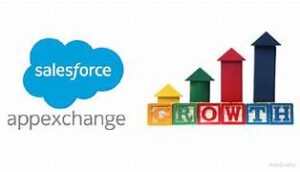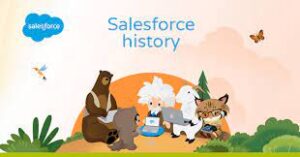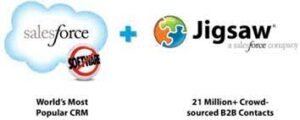From Static to Strategic: Pricing in the AI Era
Gone are the days of manual price adjustments struggling to keep pace with market shifts. Today, dynamic pricing—powered by AI and real-time data—transforms pricing from a fixed cost into a competitive growth lever.
Retail giants like Amazon adjust prices 2.5 million times daily. Airlines and hotels shift fares based on demand, weather, and even global events. Even your morning Starbucks coffee fluctuates subtly by location and time.
The question isn’t if you should adopt dynamic pricing—but how soon.
What Is Dynamic Pricing?
Dynamic pricing (or real-time price optimization) uses AI to continuously adjust prices based on:
✔ Demand fluctuations (peak hours, events, seasonality)
✔ Competitor pricing (tracking 1,000s of products in real time)
✔ Inventory levels (automatically discounting overstock)
✔ External factors (weather, news, economic trends)
Dynamic vs. Variable vs. Personalized Pricing
| Type | Definition | Example |
|---|---|---|
| Dynamic | Real-time adjustments based on live market data | Uber surge pricing |
| Variable | Scheduled changes (e.g., happy hour discounts) | Matinee movie tickets |
| Personalized | Tailored to customer segments (e.g., student discounts) | Spotify family plans |
Why dynamic pricing wins?
- Amazon reported a 25% revenue increase after adoption.
- Retailers see 1-8% revenue lifts—scaling with business size.
- 95% accuracy in demand forecasting with AI-powered models.
How Dynamic Pricing Works: The Tech Behind the Magic
Core Components
- Data Analytics Engines – Process millions of data points (sales history, competitor prices, inventory).
- Market Intelligence Systems – Track real-time competitor moves (Amazon monitors 67+ customer data points per search).
- AI Demand Forecasting – Predicts trends with 95% accuracy using machine learning.
Enterprise Tech Stack
☁ Cloud-based pricing engines (handles millions of SKUs)
🤖 Machine learning models (adapts to market shifts)
🔌 API integrations (seamless ERP/CRM sync)
📊 Live dashboards (monitor pricing performance)
Example: When Walmart detects a competitor’s price drop, its AI adjusts thousands of products in seconds—balancing competitiveness and margins.
Top Dynamic Pricing Strategies
1. Time-Based Pricing
- Short-term: Target adjusts prices hourly based on foot traffic.
- Seasonal: Zara marks down winter apparel as spring approaches.
2. Demand-Based Pricing
- Real-time demand: Hotels hike prices during concerts/conventions.
- Inventory-driven: Amazon lowers prices to clear excess stock.
3. Competition-Based Pricing
- Price matching: Best Buy auto-adjusts to compete with Amazon.
- Strategic leadership: Walmart’s digital shelf tags enable instant price updates.
Who’s Winning with Dynamic Pricing?
🛒 E-Commerce (Amazon, Walmart)
- 2.5M+ daily price changes
- 11% YoY revenue growth ($574B in 2023)
✈ Airlines & Hospitality (Delta, Marriott)
- Adjusts fares based on booking trends, weather, events.
- Virgin Atlantic uses AI to optimize ancillary revenue (seats, bags).
🎟 Entertainment (Ticketmaster)
- Prices shift by artist demand, seat location, weather.
☕ Starbucks’ “Value-Based” Twist
- Location pricing: Higher in NYC than rural towns.
- Time-based deals: Afternoon discounts to boost traffic.
Key Benefits & Challenges
✅ The Upside
- 6-9% revenue lift (AI-powered optimization)
- 30% less excess inventory (smart demand balancing)
- 50% faster pricing decisions (vs. manual teams)
⚠ Challenges
- Implementation: 6-12 months for full rollout.
- Data quality: Requires clean, real-time inputs.
- Regulations: Must avoid price discrimination (illegal in many regions).
How to Implement Dynamic Pricing
🛠 3-Step Roadmap
- Assess Readiness (data, tech, team skills)
- Integrate AI Pricing Engine (cloud-based, API-ready)
- Monitor & Optimize (track revenue lift, margin gains)
Pro Tip: Start with a pilot product category before scaling.
The Future of Pricing Is Dynamic
By 2025, over 50% of enterprises will use AI-driven pricing. Early adopters already see:
- 22% higher profitability
- Faster market response
- Stronger competitive edge
Is your business keeping up?
📌 Next Steps:
- Audit your pricing strategy.
- Explore AI-powered tools.
- Start small, scale fast.
The market won’t wait—will you?
Need Help?
Book a consultation to build your dynamic pricing engine.
🔔🔔 Follow us on LinkedIn 🔔🔔










